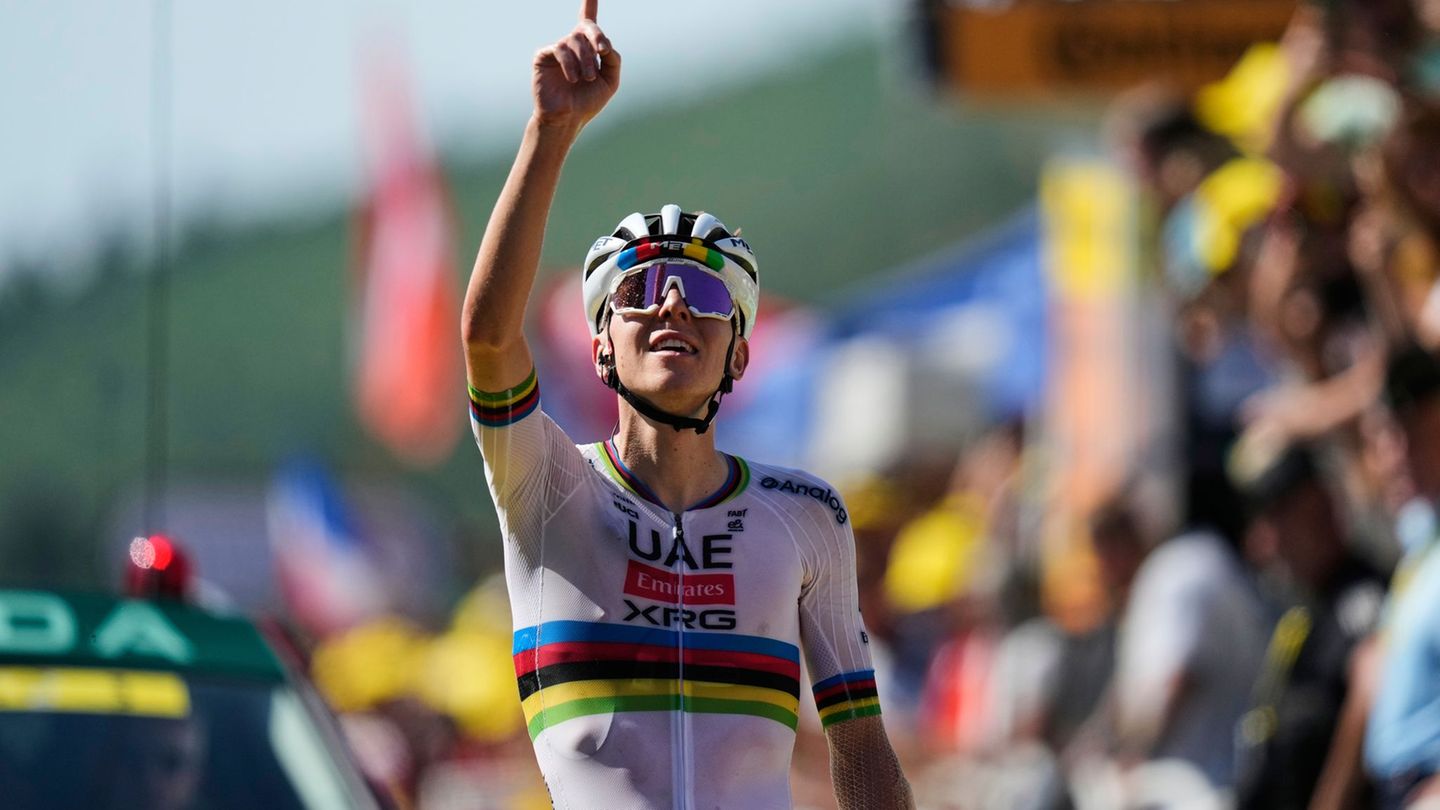The current Dean of the Faculty of History and Cultural Studies prevailed unanimously against Barbara Schober and Oliver Vitouch in the election on the University Council. Schütze succeeds the mathematician Heinz Engl and will begin his four-year term in October.
On Saturday, the three candidates faced a final hearing in the university council, which had to elect the rector from a list of three proposed by the Senate. Schütze convinced “with his personality and competence”, according to a broadcast from the university.
Schütze was born in Düsseldorf in 1961 and studied art history, classical archeology and ancient history in Berlin, Rome, Cologne and Bonn from 1980 to 1985. After a doctoral scholarship at the Bibliotheca Hertziana in Rome, he received his doctorate at the Freie Universität Berlin with a thesis on “Studies on Massimo Stanzione’s painting with a critical catalog of his works”.
He then returned to the Bibliotheca Hertziana for a postdoctoral fellowship and a position as a research associate. In 1997 Schütze habilitated at the Freie Universität Berlin with a thesis on “Cardinal Maffeo Barberini, later Pope Urban VIII, as client and patron”. Substitute professorships at the universities of Leipzig, Dresden and Münster followed.
In 2001, a research professorship followed again at the Bibliotheca Hertziana, and in 2003 Schütze was appointed to the Chair of Art History at Queen’s University in Kingston (Canada). In 2009 he then moved to the University of Vienna, where he has held the chair for modern art history ever since.
In 2013 Schütze was elected a corresponding domestic member and in 2016 a full member of the philosophical-historical class of the Austrian Academy of Sciences (ÖAW). His research focuses on Italian art of the early modern period and its European influence, art and art patronage in papal Rome, Naples as an art center, Spanish art of the Siglo de Oro, the interaction between art and literature around 1900, as well as collection history and art market studies.
Source: Nachrichten




